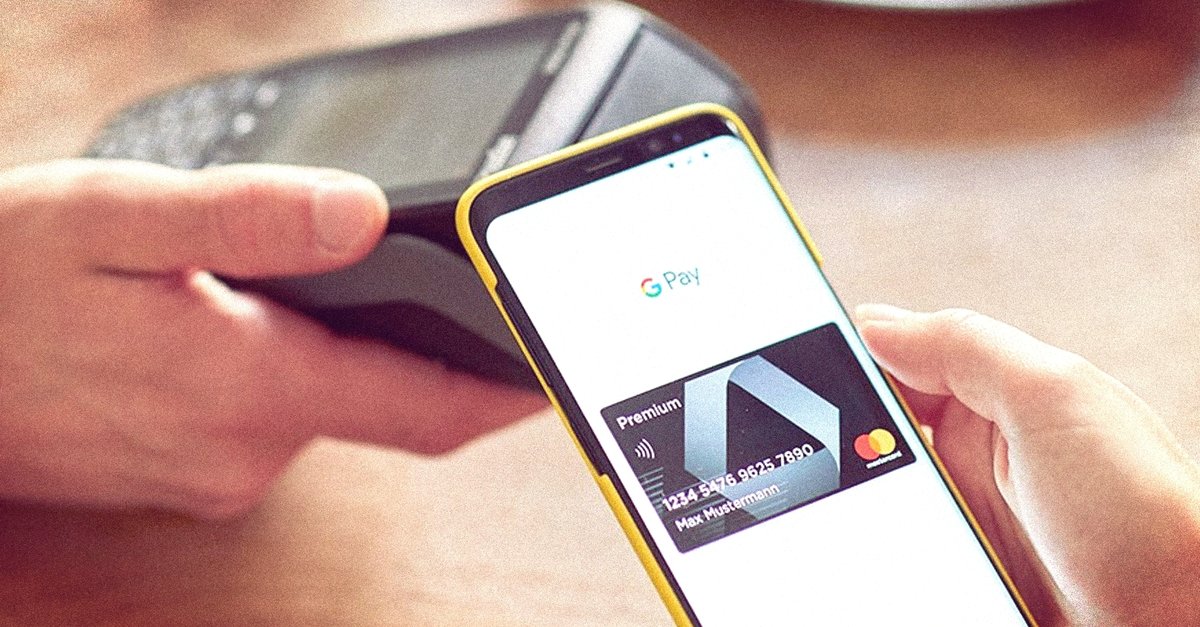4 tips for payment in e-commerce
Paying at the end of online shopping actually sounds like a no-brainer. As a shop operator, it is actually worthwhile to be aware of trends and customer requests and to respond to them.
The checkout not only has to work absolutely smoothly in an online shop, but it is also much more than going to the checkout in three steps. When paying, the customer experience is significantly influenced. We prefer to order online where we can pay as we wish – just as some only go to restaurants that accept EC or credit cards. Payment options can therefore directly improve the sales of the online shop. We therefore shed light on the basics and give tips on payment for online shops:
Contents
1. Know the most popular ones – and offer them many options
Dealers would prefer to have prepayment, customers would prefer to purchase by invoice. However, successful e-commerce is not that simple. Today’s customers appreciate the convenience of paying and paying with their preferred provider. If this is not available as an option at the end of the checkout, many customers abandon the purchase. “The range of payment methods is one of the most important decisions that online retailers have to consider when designing the checkout process,” the market researchers from Ibi Research write in Study Success Factor Payment. “The range of payment methods thus represents a hygiene factor: in the positive case the customer hardly notices it, in the negative case it causes dissatisfaction and possible abandoned purchases.”
According to the study, three quarters of online shoppers have a favorite payment method: for 95 percent it is one of the three options PayPal, invoice, credit card or direct debit. Purchase on account is number 1 among shoppers when it comes to security and data protection, followed by PayPal. Most also like direct debit and credit cards, as does the challenger Amazon Pay.
It is important for retailers to always stay up to date and to keep an eye on related trends, such as the popularity of mobile payments in shops or restaurants. Here is PayPal according to Statista With 56 percent clearly ahead, while Apple Pay is catching up with 33 percent. It could be an advantage to also offer Apple Pay in the shop.
When in doubt, it pays to bet on several horses and offer as many payment methods as possible when checking out: “No method is loved by all customers. Many reject the use of certain payment methods, ”says the Ibi study.
Offering many payment methods in the shop and keeping an eye on them can be time-consuming, for example because you have to monitor incoming payments on several accounts. Market leader PayPal has recognized this problem and is offering merchants with Paypal Plus offers a kind of complete solution that combines the four most popular payment methods in one account: PayPal, direct debit, credit card and purchase on account.
Purchase on account in particular is very popular with customers in Germany, but it worries many retailers because of possible payment defaults and the expense of debt collection. Here PayPal offers seller protection as security – which is what makes it possible for some small retailers to be able to offer purchase on account.
Of course, coverage is not available for free. The downside are the PayPal fees that are incurred for every transaction and each of the payment methods, including purchase on account. After all, they are uniform and remain uniform in the PayPal business account. It’s also worth a try: For some, the fees simply pay for themselves through more sales due to fewer abandoned purchases.
Some customers may or may not want to pay immediately or pay the entire price. Especially those who offer more expensive goods in their shop will meet customers in the run-up to Christmas, for example, if they can pay flexibly in installments or later. This means that you can also order when the tide is low at the end of the month.
For example, PayPal offers some shops and customers – but not all – to pay after a break of 14 days. With a little luck, customers can try goods such as clothes and shoes in peace and quiet and send them back before the account is charged with an e-mail notification. Which customers and which merchants PayPal offers the option is not transparent, the provider speaks of “Selected customers in participating shops“- and the customer does not know before each order whether he will find the option or not. For shop owners, however, the following applies: The option could be a big plus for many customers.
In the case of expensive goods, it is worthwhile to also offer payment in installments. This can also be implemented via PayPal. The payment service offers to pay off the purchase price in three, six, twelve or 24 months. With larger purchases, that can make a big difference. Although there is a short Schufa check before closing, the credit is the same from the customer’s point of view as normal shopping with PayPal, including buyer protection. The shop operator receives the full amount immediately, as the customer practically takes out a credit with PayPal.
Tip: Payment in installments is also a good framework for advertising campaigns as an incentive to buy.
How well, simply and flexibly payment options from popular offers are integrated into shop software or a marketplace can make big differences. Ebay annoyed customers and retailers this year with its departure from PayPal in the direction of its own payment processing – but actually only imitated rival Amazon with its own payment service Amazon Pay. It is therefore worth paying close attention to the topic of payment when selecting shop systems or marketplaces.
For shop software, integration as seamless and simple as possible without plugins is recommended. Adobe released new ones for Adobe Commerce (previously known as Magento Commerce) in mid-September Payment Services announced, with which a laborious integration of the payment services is to be omitted. This means that the acceptance of PayPal, credit cards and Venmo should work “out-of-the-box”.
PayPal’s functions for “Buy now, pay later” should also be available immediately without any effort. Advantage of the integration: Shop operators can monitor the payment in the usual reporting from the shop and adjust it directly in the admin console. Adobe promises “competitive” transaction fees, which should, however, depend on the volume. It remains to be seen whether these differ from the usual PayPal fees. That will only become clear as soon as the services are available in Germany in 2022.
In e-commerce, it is worth exploring the providers’ possibilities and options and offering customers the most flexible and smooth checkout experience possible. Orders are usually only placed if the payment terms are right – this is the rule of thumb. It is impossible to please everyone with one payment method, so it is worthwhile to focus on diversity – even if that means a certain amount of additional work.



